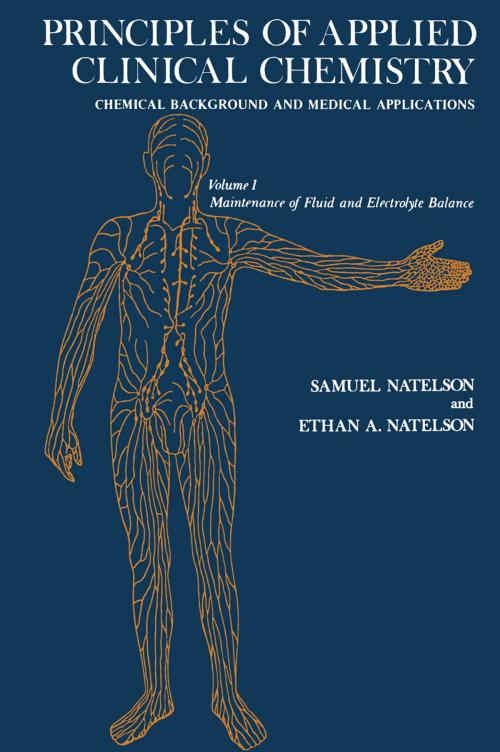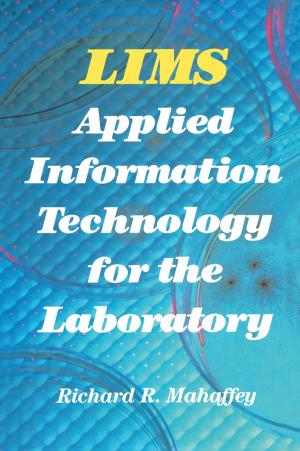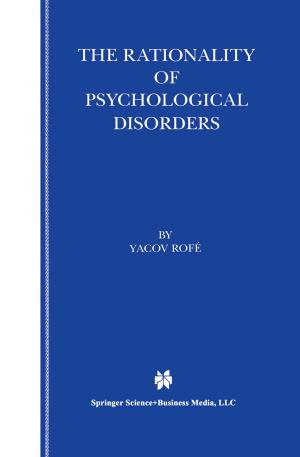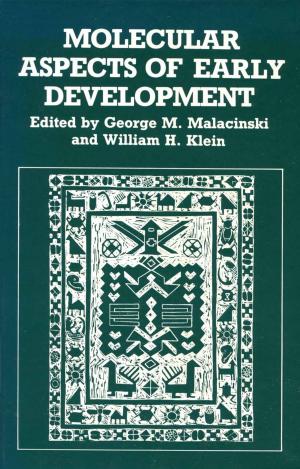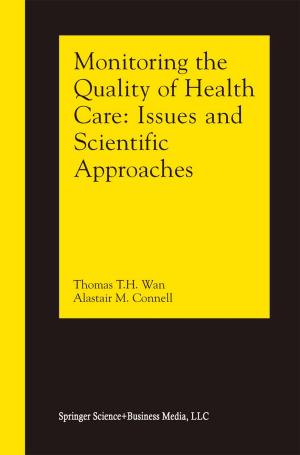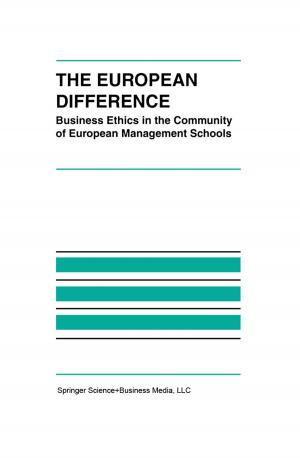Principles of Applied Clinical Chemistry Chemical Background and Medical Applications
Volume 1: Maintenance of Fluid and Electrolyte Balance
Kids, Natural World, Nonfiction, Reference & Language, Education & Teaching, Science & Nature, Science| Author: | ISBN: | 9781468427455 | |
| Publisher: | Springer US | Publication: | December 6, 2012 |
| Imprint: | Springer | Language: | English |
| Author: | |
| ISBN: | 9781468427455 |
| Publisher: | Springer US |
| Publication: | December 6, 2012 |
| Imprint: | Springer |
| Language: | English |
"Clinical Chemistry encompasses the study of the fundamental princi ples of chemistry as applied to an understanding of the functioning of the human organism in health and disease." 1 From its very definition, clinical chemistry is an applied science. Its scope includes the following: I. Studies designed to elucidate the chemical mechanisms whereby the human normally functions. 2. The application of this information to an understanding of the disease process in the human. 3. The development of methodology and instrumentation in order to facilitate data gathering so as to apply the above principles to the diagnosis and treatment of disease in the human. This book is an attempt to organize the information gathered relative to points I and 2 into a logical sequence so as to define the areas oj learning encompassed by the science oj clinical chemistry. It is constructed around the subject which is the target of this science, namely the human. The material is presented from the point of view of the clinical chemist, but since it is impossible to discuss a mechanism adequately without visualizing its parts, some schematic anatomical drawings are included to simplify the discussion of responses to chemical challenges. The book is partly a curriculum which has been worked out by the authors for the training of clinical chemists and clinical pathologists. It should also be useful for the training of medical technologists.
"Clinical Chemistry encompasses the study of the fundamental princi ples of chemistry as applied to an understanding of the functioning of the human organism in health and disease." 1 From its very definition, clinical chemistry is an applied science. Its scope includes the following: I. Studies designed to elucidate the chemical mechanisms whereby the human normally functions. 2. The application of this information to an understanding of the disease process in the human. 3. The development of methodology and instrumentation in order to facilitate data gathering so as to apply the above principles to the diagnosis and treatment of disease in the human. This book is an attempt to organize the information gathered relative to points I and 2 into a logical sequence so as to define the areas oj learning encompassed by the science oj clinical chemistry. It is constructed around the subject which is the target of this science, namely the human. The material is presented from the point of view of the clinical chemist, but since it is impossible to discuss a mechanism adequately without visualizing its parts, some schematic anatomical drawings are included to simplify the discussion of responses to chemical challenges. The book is partly a curriculum which has been worked out by the authors for the training of clinical chemists and clinical pathologists. It should also be useful for the training of medical technologists.
